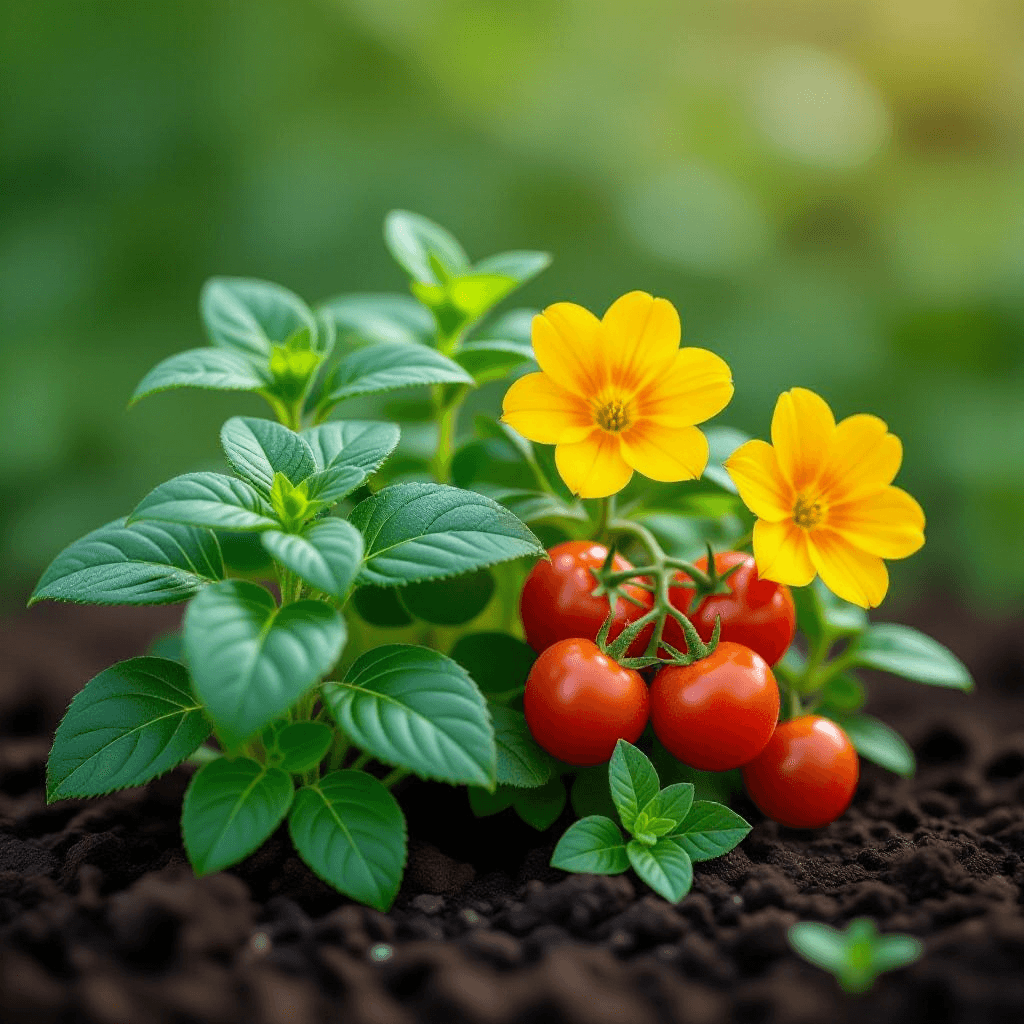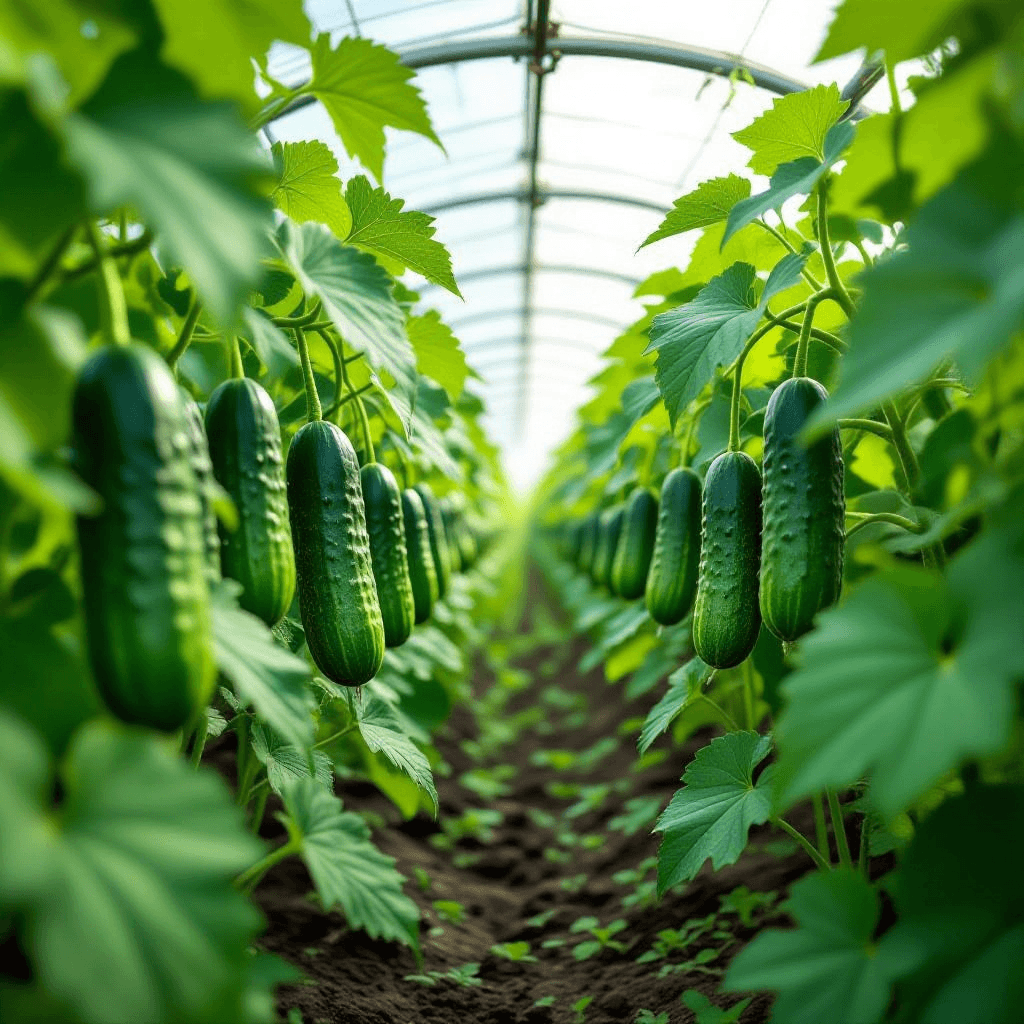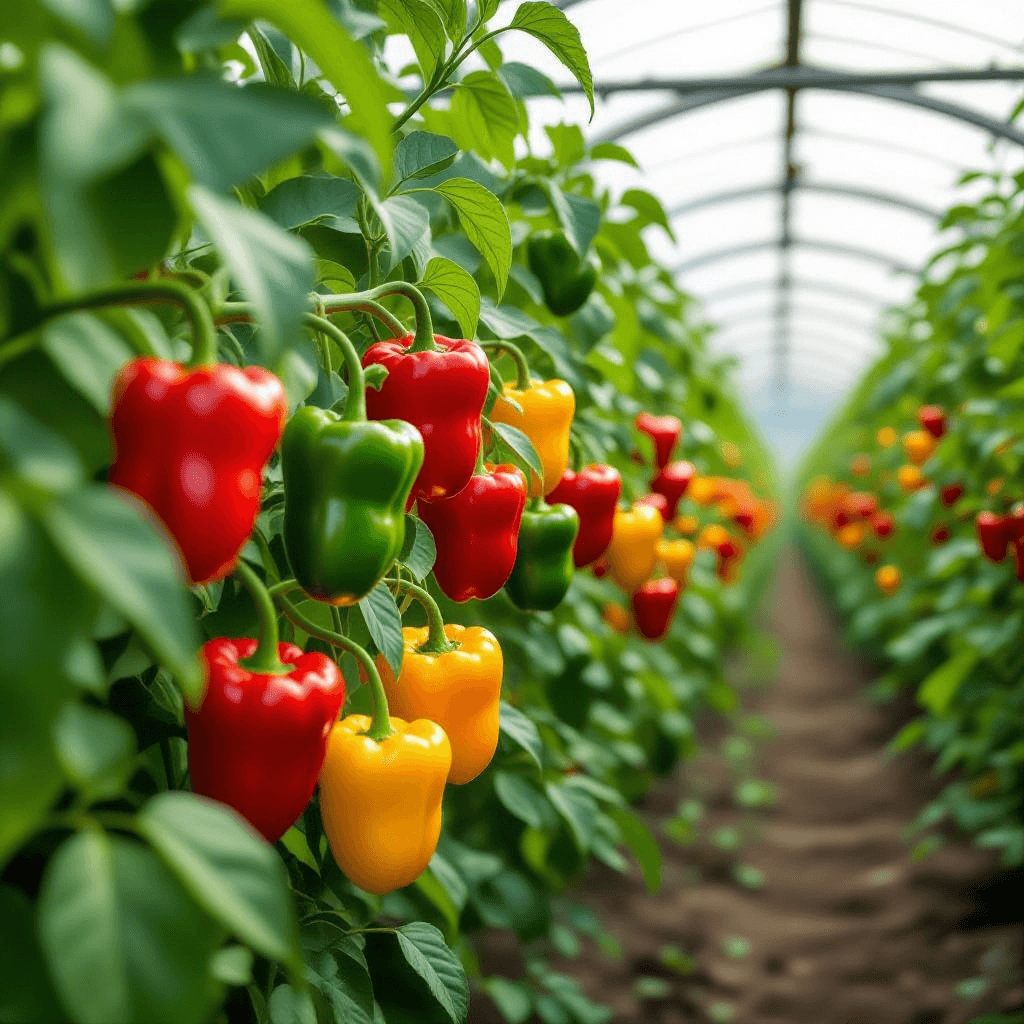Understanding Companion Planting
Companion planting refers to the strategic practice of cultivating different plant species in close proximity to enhance growth, deter pests, and promote overall garden health. This agricultural technique is borne from an understanding of the relationships that form between various plants and their surrounding environment. Historically, companion planting dates back to ancient civilizations, where farmers observed the natural dynamics of plant interactions and utilized them to maximize crop productivity. The indigenous peoples of the Americas, for instance, famously implemented the “Three Sisters” method, wherein corn, beans, and squash were planted together to mutually benefit from each other’s growth patterns.
The principles behind companion planting are grounded in the observation that some plants can positively impact the growth and health of others, either through physical proximity or biological interactions. This occurs through several mechanisms: nutrient sharing, where deeper-rooted plants bring nutrients to the surface, or pest deterrence, where certain plants repel harmful insects or attract beneficial ones. For example, marigolds are often planted alongside vegetables to deter nematodes and aphids. Additionally, certain herbs, such as basil, are known to enhance the flavor of nearby tomatoes when grown together.
Moreover, the scientific basis for these associations lies in the complex interactions of soil nutrients, allelopathy (the release of chemicals by one plant that affects the growth of another), and the establishment of symbiotic relationships between different plant roots. These interactions are crucial for gardeners seeking innovative ways to improve plant health and yields naturally. Exploring common combinations, such as carrots and onions or cucumbers and radishes, reveals the potential to create a flourishing ecosystem within a vegetable garden. Understanding these dynamics can empower gardeners to implement companion planting strategies effectively, fostering a more resilient gardening approach.
Enhancing Growth and Yields
Companion planting is a strategic practice in vegetable gardening that emphasizes the interrelationships between various plant species to enhance growth and yields. By carefully selecting compatible plants, gardeners can create a synergistic environment where plants not only coexist, but also support each other’s development. One prominent example is the combination of tomatoes and basil. These two plants benefit from each other’s presence—basil can help deter harmful insects that prey on tomatoes, while tomatoes provide shade for basil during the hottest parts of the day. This harmonious relationship results in healthier plants and increased yields, making it a staple pairing for many gardeners.
Another effective pairing is that of carrots and onions. Carrots have a tendency to attract the carrot fly; however, when interplanted with onions, their strong scent masks the carrots, thus reducing the risk of pest infestations. This simple yet potent approach allows both vegetables to flourish by diminishing competition for resources and promoting a more nutritious soil environment. Gardeners report that such combinations not only improve the vitality of the plants but also yield larger harvests when grown together.
In some case studies, gardeners have observed marked increases in productivity through these companion plants. For instance, a community garden in California implemented a companion planting strategy involving corn, beans, and squash—popularized as the Three Sisters method. This age-old practice not only optimized space but also utilized the corn as a natural support system for climbing beans, while the broad leaves of squash acted as a living mulch, retaining moisture and suppressing weeds. The result was a substantial harvest, demonstrating the tangible benefits of companion planting in maximizing crop yields.
In summary, companion planting enhances growth and yields by optimizing nutrient uptake, offering pest deterrence, and utilizing garden space efficiently. Through informed plant pairings, gardeners can cultivate a thriving ecosystem within their vegetable gardens, ultimately leading to more abundant and resilient crops.
Natural Pest Control and Biodiversity
Companion planting represents an effective strategy for natural pest control while simultaneously enhancing biodiversity within vegetable gardens. The practice involves growing different plant species in close proximity, which can significantly impact pest management and support a thriving ecosystem. Certain plants are known to repel harmful insects or attract beneficial ones, thus creating a balanced environment that limits the necessity for chemical pesticides.
For instance, marigolds and nasturtiums are commonly used companions in vegetable gardens. Marigolds emit a scent that deters aphids, whiteflies, and nematodes, thereby protecting neighboring plants. Nasturtiums, on the other hand, serve as a trap crop, luring pests away from more valuable vegetables while also attracting predatory insects that feed on those pests. This strategic plant pairing contributes not only to pest management but also to an increase in beneficial insect populations, such as pollinators and pest predators.
The biodiversity fostered through companion planting enriches the soil and improves plant health. Diverse plant life can enhance the resilience of a garden against pests and diseases, enabling various species to coexist and interact beneficially. When multiple species are present, garden pests find it more challenging to locate their preferred host plants, leading to reduced pest pressure. Moreover, diverse planting can attract a variety of beneficial insects, such as ladybugs and lacewings, which prey on common pests like aphids.
Incorporating companion planting into vegetable gardens not only promotes natural pest control but also contributes to an ecosystem that benefits both plants and wildlife. By ensuring a diverse array of plants, gardeners can create a dynamic and sustainable environment that supports various life forms, enhancing the overall health and productivity of their gardens.
Practical Tips for Implementing Companion Planting
Implementing companion planting in vegetable gardens can greatly enhance the health and productivity of plants. To begin, selecting the right companion plants is crucial. Certain plants, when grown together, can provide mutual benefits such as pest control, improved nutrient uptake, and enhanced flavors. For example, planting tomatoes alongside basil can enhance tomato growth while deterring pests. Similarly, legumes like beans can fix nitrogen in the soil, benefiting neighboring plants like corn and squash. Researching plant pairings based on shared benefits can lead to a thriving vegetable garden.
When planning the layout of your garden, consider the spatial arrangement of companion plants. Height, spread, and growth habits should be factored into the design to maximize exposure to sunlight and airflow, which helps prevent disease. Employing a grid or staggered planting technique can ensure that taller plants provide shade to those that thrive in cooler conditions, such as rows of lettuce beneath sunflowers. This strategic planning can optimize space and resources in your garden effectively.
Timing is another critical element; knowing when to plant your companion plants not only ensures optimal growth but also maximizes their synergistic benefits. For instance, early planting of carrots alongside radishes can break up the soil for better root development, while the radishes mature faster and can be harvested before the carrots take over. Utilizing a planting calendar specific to your region’s climate can aid in synchronizing these efforts.
For gardeners seeking further resources, there are numerous books, websites, and online communities dedicated to companion planting. Tools like garden planners and journals can help track plant performance and identify successful pairings. By following these practical tips, gardeners can create a flourishing environment that utilizes companion planting techniques to their fullest potential, ensuring a bountiful harvest in their vegetable gardens.


